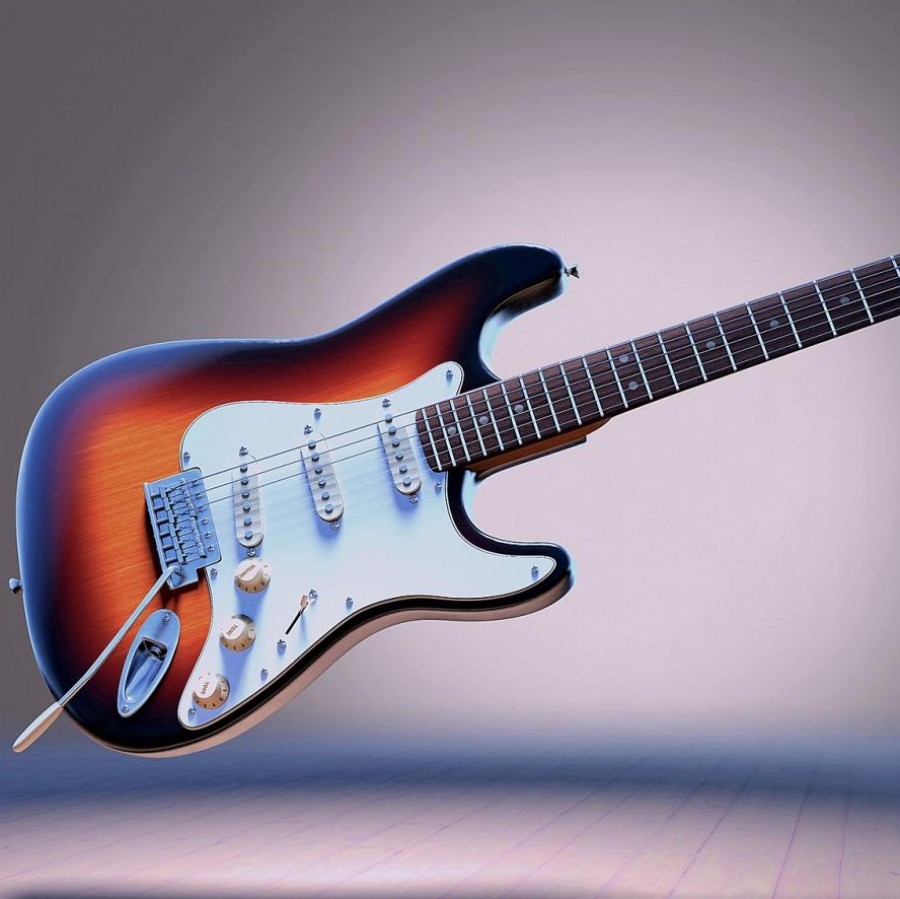Music journalists have, as of late, become the harbingers of doom for a market whose very artistic output relies on a healthy dose of angst. Even the most cursory Google search for “modern rock and roll” yields results that question the relevance of the genre in an era of mumble rap and blasé pop. With the advent of streaming services such as Spotify, Tidal and Apple Music, the variety of songs available to natives of the digital age is larger than ever before. Unfortunately, this abundance of new content comes at a steep price. In the face of a perpetually changing cycle of chart toppers, has rock and roll lost its station in the twenty first century musical canon?
In recent years, rock and roll’s commercial success has been rapidly eclipsed by the rap anthems of today’s youth. According to BuzzAngle Music, rock and roll occupied only 7.5 percent of overall song consumption in 2016, as compared with hip hop’s 18.2 percent and pop’s 15.3 percent. As a new generation of listeners turns to specially curated playlists like Spotify’s RapCaviar, whose 7.6 million followers catapult industry unknowns to unprecedented levels of fame, rock artists faithfully abide by an album-centric model that has long since fallen out of favor with mainstream performers. While much of the general public continues to consume hit after indistinguishable hit, punk bands endeavor to create a cohesive sonic identity that embodies the collective existential frustration of their audience. What many critics argue to be rock’s most damning fault — its reverence for tradition — is in fact its greatest asset. Rock and roll is not a part of history; it enshrines history.
The current rock scene is replete with promising newcomers as well as established giants confidently ushering in an epoch of streamable indie, punk and alternative music. The well-received Foo Fighters album Concrete and Gold, which was released in September of 2017, along with blink-182’s California and Green Day’s Revolution Radio, illustrate the lasting influence of the genre’s heavy hitters in the contemporary cultural landscape. Revolution Radio, for instance, channels Americans’ political unrest after a particularly divisive presidential election with songs like “Bang Bang” and “Troubled Times”. Other tracks, meanwhile, harken back to the staples of 90s grunge from which Green Day derives much of its characteristic sound.
Although such celebrated figures are integral in upholding the legacy of rock and roll, emerging bands serve an equally important function: bringing rock and roll into the future. Groups like The Orwells, Greta Van Fleet and SWMRS reinforce the core tenets of rock music while also challenging long-standing conventions. Greta Van Fleet’s Zeppelin-esque vocals and wailing guitar solos have landed them at No. 36 on the Billboard 200, an impressive feat for the brothers’ debut record. In contrast, the Oakland-based outfit SWMRS has garnered the reputation as a cult favorite with unapologetically bizarre lyrics, including a satirical homage to Miley Cyrus as a punk rock queen.
As millenials scroll through the most popular playlists on SoundCloud or Apple Music, they may be surprised to discover punk bands resurfacing on the charts, but for longtime fans, it will merely confirm what they already know. Beneath the synthy beats and techno stylings dominating the radio waves, rock musicians are spearheading an underground revolution and rewriting our musical destiny, one album at a time.









